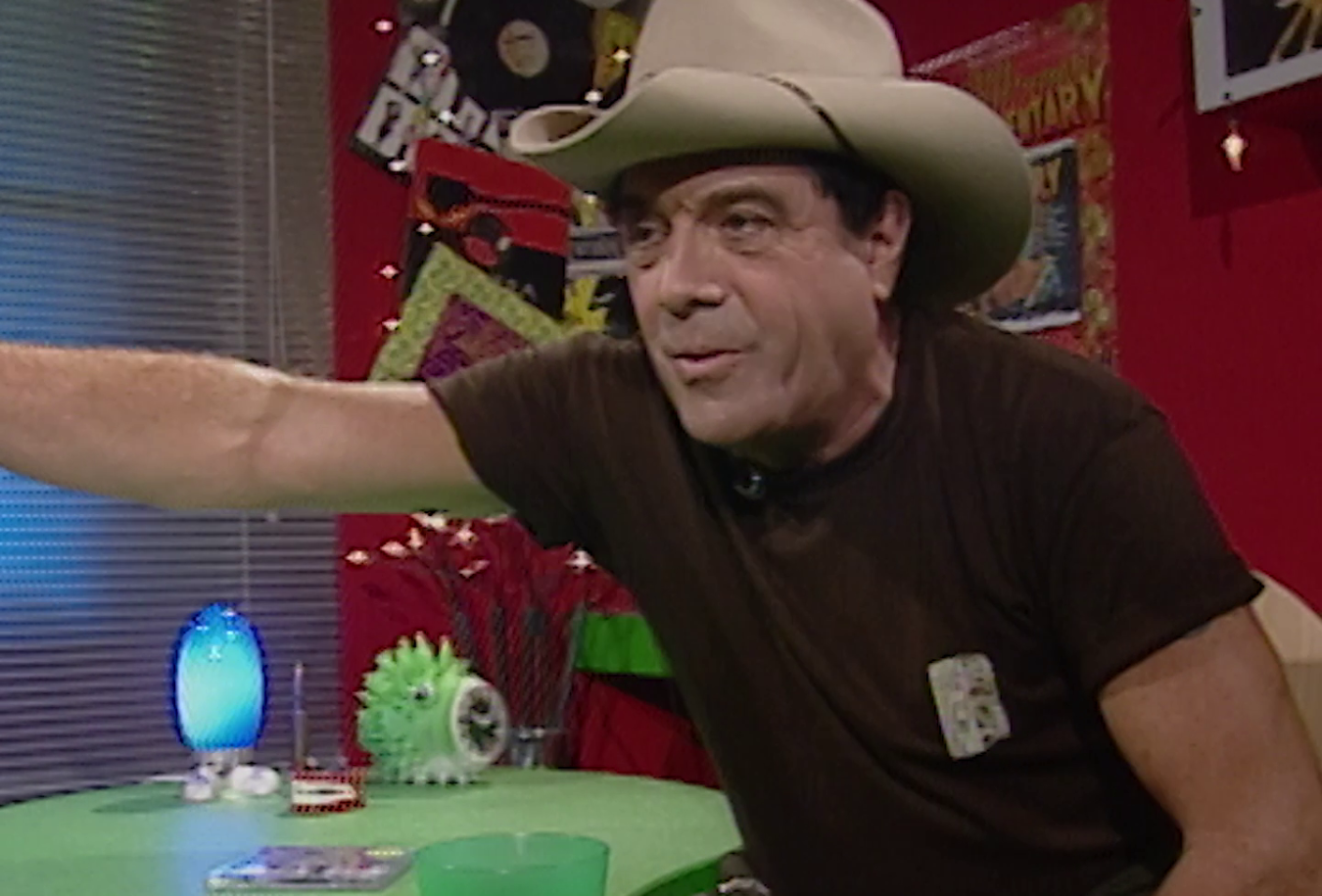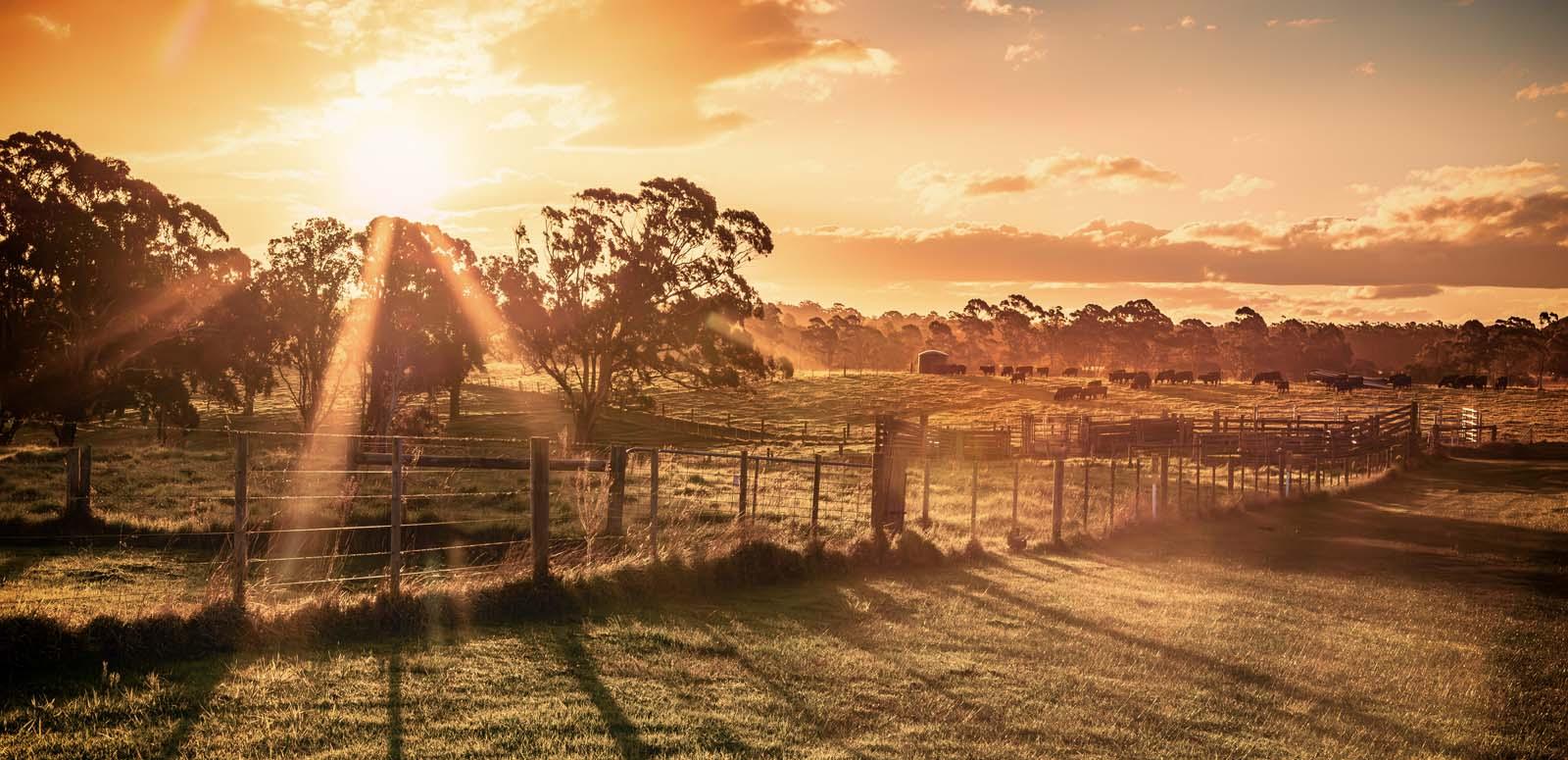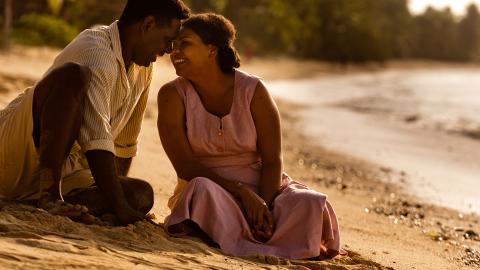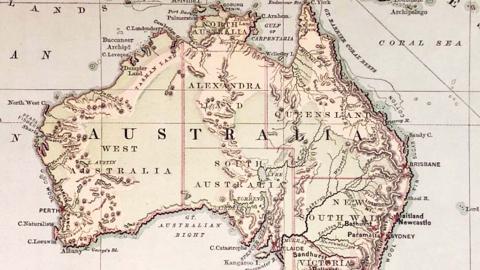Please be advised that this page may contain names, images or voices of deceased Aboriginal and Torres Strait Islander people.
'We'd watch the lightning crack over canefields, laugh and think: this is Australia'. 'Sounds of Then' by GANGgajang (1985)
Venture beyond Australia's capital cities and you'll encounter the unexpected. A site of sacred significance. A thriving hub for industry. The iconic location of a blockbuster film. Or all three at once. The films, documentaries, newsreels, sounds and series in the NFSA collection have plenty to say about life in regional Australia. The resilience of the people who live there. Landscapes prized for their beauty – and bounty. And a home to the oldest living cultures on the planet.




